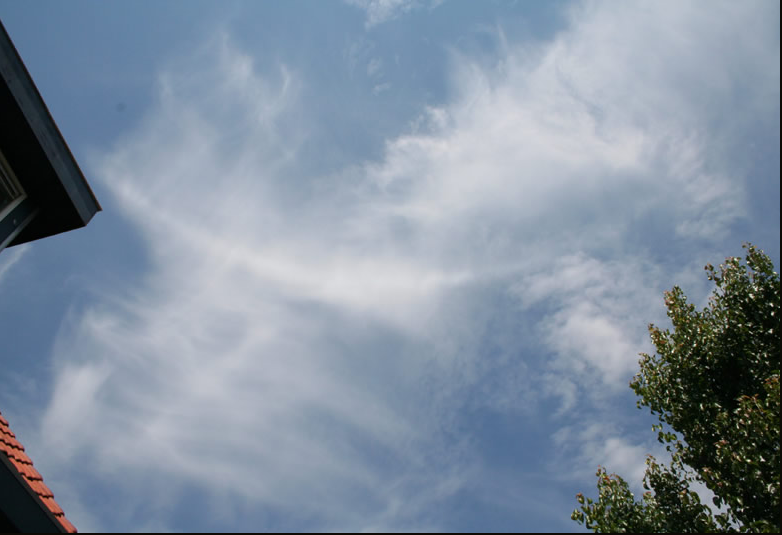Netherlands Parhelic Circle
The Elusive Netherlands Parhelic Circle: A Fascinating Atmospheric Optics Phenomenon
Have you ever gazed at the sky and noticed a mysterious ring encircling the sun? Known as the parhelic circle, this atmospheric optics phenomenon captivates observers with its ethereal beauty. Unlike other halos, the parhelic circle is colorless and can be challenging to spot against a cloudy backdrop. In this article, we will delve into the intricacies of the Netherlands Parhelic Circle, shedding light on its characteristics and shedding light on its elusive nature.
The parhelic circle holds a unique position in the sky, always appearing at the same altitude as the sun. It forms when sunlight passes through ice crystals in the atmosphere, creating a remarkable display of light. While halos are typically associated with vibrant colors caused by the dispersion of light, the parhelic circle remains colorless. This lack of color arises from the specific angles at which the sunlight enters and exits the ice crystals that form the circle. Unlike other halos, there is no net dispersion of light, resulting in a monochromatic appearance.
Despite its enchanting nature, the parhelic circle can be difficult to distinguish from a cloudy background. Its subtle presence often requires keen observation and a discerning eye. Against a backdrop of clouds, the colorless ring can blend seamlessly, leading to its elusive reputation. However, for those fortunate enough to witness this phenomenon, the parhelic circle offers a mesmerizing glimpse into the wonders of atmospheric optics.
To fully appreciate the intricacies of the Netherlands Parhelic Circle, it is essential to understand the science behind its formation. When sunlight encounters ice crystals in the atmosphere, it undergoes refraction, bending as it passes through these tiny particles. The bending of light causes it to disperse into various colors, resulting in the vibrant hues seen in other halos. However, the unique geometry of the ice crystals that form the parhelic circle leads to a different outcome.
Unlike other halos, the rays of sunlight that form the parhelic circle enter and exit the ice crystals at identical angles relative to the crystal faces. This symmetry prevents any net dispersion of light, resulting in a colorless circle. Instead of being split into its constituent colors, the sunlight remains intact, forming a pristine, monochromatic ring. The absence of color adds to the mystique of the parhelic circle, making it a captivating sight for those fortunate enough to witness it.
As with many atmospheric optics phenomena, the Netherlands Parhelic Circle holds a certain level of unpredictability. Its appearance depends on several factors, including the presence of ice crystals in the atmosphere and the position of the observer relative to the sun. These variables contribute to the sporadic and elusive nature of this optical phenomenon, making each sighting a unique and memorable experience.
In conclusion, the Netherlands Parhelic Circle is a captivating and elusive atmospheric optics phenomenon that graces the skies with its ethereal presence. Its colorless ring, always appearing at the same altitude as the sun, sets it apart from other halos. While challenging to spot against a cloudy backdrop, those fortunate enough to witness this phenomenon are treated to a mesmerizing display of natural beauty. With its unique formation and elusive nature, the Netherlands Parhelic Circle serves as a reminder of the wonders that can be found within our atmosphere.

Parhelic Circle imaged by Grietha Kroeze on 9th June '08 in The Netherlands. ©Grietha Kroeze, shown with permission.
The parhelic circle rings the sky always at the same altitude as the sun.
It can be an elusive halo because it not coloured and is sometimes difficult to distinguish from a cloudy background.
Halo colours are generated when the sun's rays are refracted on enetering and leaving ice crystals. Red is refracted less than blue and so the colours are dispersed, split. However, most rays forming the parhelic circle enter and leave ice crystals at exactly the same angle relative to the faces. There is no net dispersion and so no colours.
Note: this article has been automatically converted from the old site and may not appear as intended. You can find the original article here.
Reference Atmospheric Optics
If you use any of the definitions, information, or data presented on Atmospheric Optics, please copy the link or reference below to properly credit us as the reference source. Thank you!
-
<a href="https://atoptics.co.uk/blog/netherlands-parhelic-circle/">Netherlands Parhelic Circle</a>
-
"Netherlands Parhelic Circle". Atmospheric Optics. Accessed on April 26, 2024. https://atoptics.co.uk/blog/netherlands-parhelic-circle/.
-
"Netherlands Parhelic Circle". Atmospheric Optics, https://atoptics.co.uk/blog/netherlands-parhelic-circle/. Accessed 26 April, 2024
-
Netherlands Parhelic Circle. Atmospheric Optics. Retrieved from https://atoptics.co.uk/blog/netherlands-parhelic-circle/.